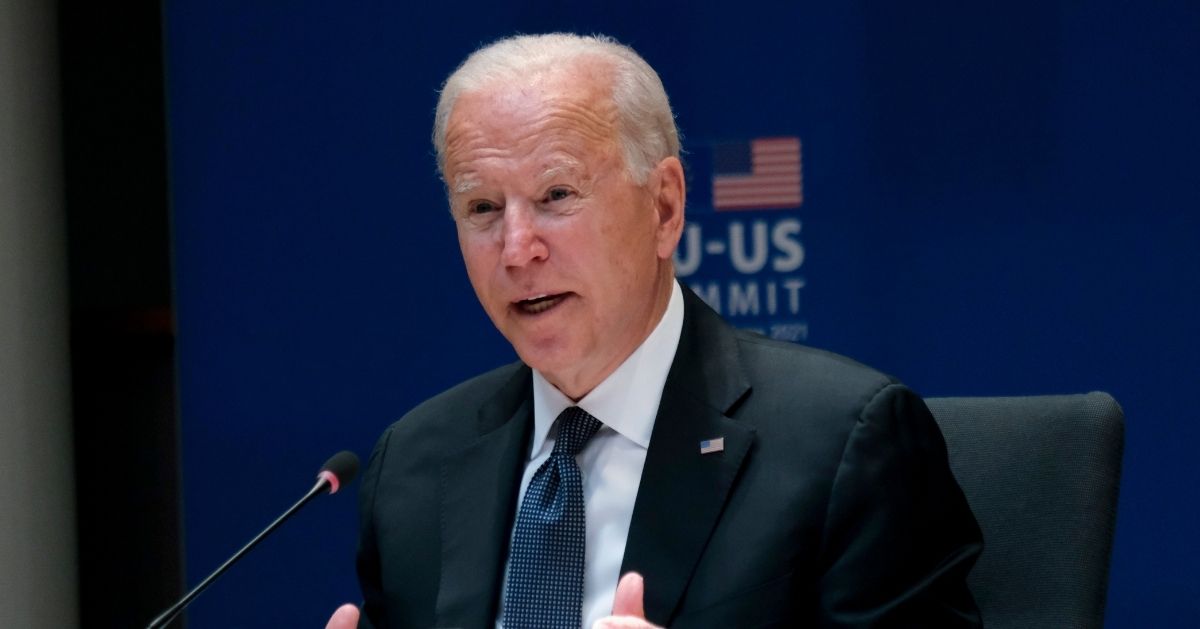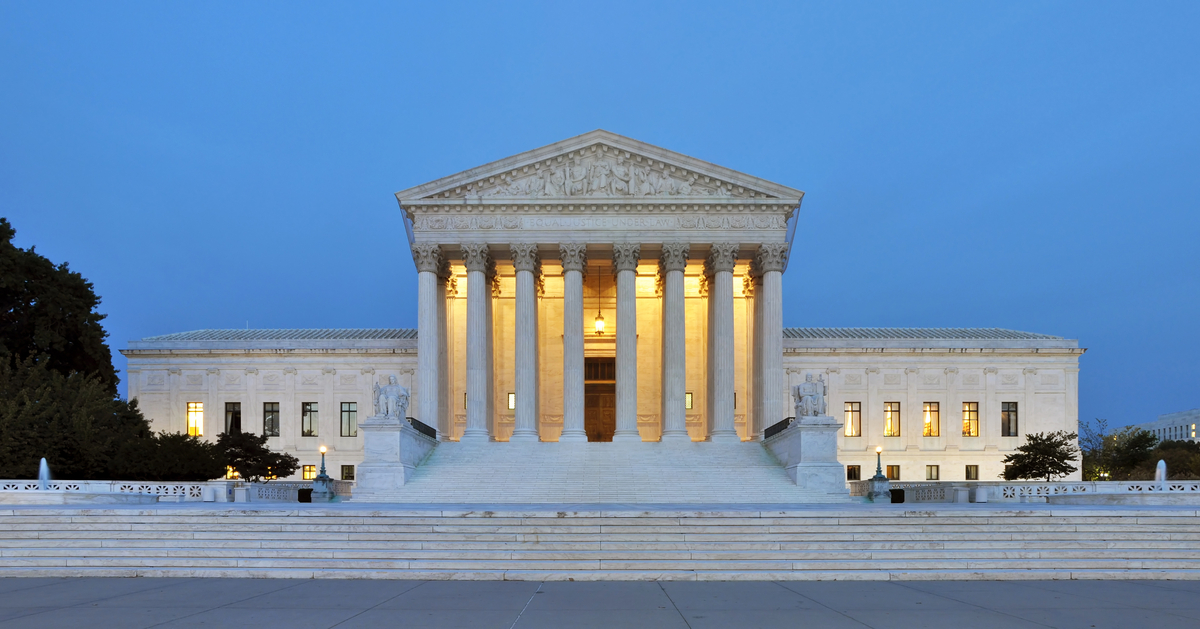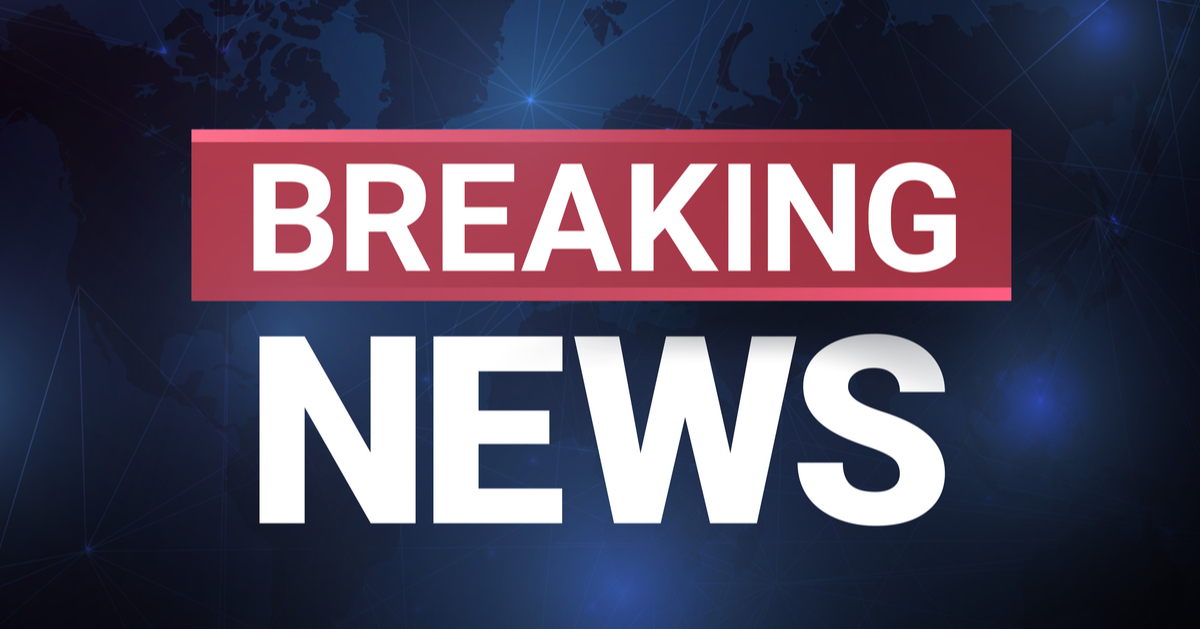Court blocks Biden administration's $475 billion student loan plan
Former President Joe Biden was dealt a fatal political blow this past summer after high-profile Democrats pressured him into ending his reelection campaign.
Yet despite having left office last month, Biden suffered another humiliation this week when one of his signature policies was blocked.
Court agrees that Biden exceeded his authority
According to CNBC, the 8th U.S. Circuit Court of Appeals halted further implementation of the Saving on a Valuable Education (SAVE) plan.
That ruling, which was handed down on Tuesday, came in response to a lawsuit filed by seven Republican-led states who argued that Biden lacked the authority for such an initiative.
The 8th Circuit agreed with their assessment, stating that the previous administration had "gone well beyond" its authority by crafting a plan under which "loans are largely forgiven rather than repaid."
Missouri Attorney General Andrew Bailey was among the plaintiffs, and Fox News noted that he released a statement welcoming Tuesday's decision.
SAVE plan came after Supreme Court struck down earlier debt program
"We obtained another court order BLOCKING an illegal Biden-era student loan scheme," the state attorney general said in a social media post.
JUST IN: We obtained another court order BLOCKING an illegal Biden-era student loan scheme.
Though @JoeBiden is out of office, this precedent is imperative to ensuring a President cannot force working Americans to foot the bill for someone else's Ivy League debt.
HUGE win.
— Attorney General Andrew Bailey (@AGAndrewBailey) February 18, 2025
"Though [Joe Biden] is out of office, this precedent is imperative to ensuring a President cannot force working Americans to foot the bill for someone else's Ivy League debt," Bailey went on to add.
Fox News recalled how Biden introduced the Save plan after the Supreme Court struck down an earlier debt relief program.
Wharton Budget Model estimated cost at $475 billion
Under its provisions, borrowers who had an original balance of $12,000 or less would see their remaining balance wiped out after making ten years worth of payments.
What's more, some borrowers would see their monthly payments drop to zero dollars while others would see payments fall by half.
However, an analysis carried out by the University of Pennsylvania's Penn Wharton Budget Model found that the SAVE plan could cost taxpayers as much as $475 billion over the course of a decade.
"We estimate that about 53 percent of the current loan volume will move to SAVE after it goes active in July 2024, implying that about $869 billion will be subject to enhanced subsidies under SAVE," the Penn Wharton Budget Model concluded.





